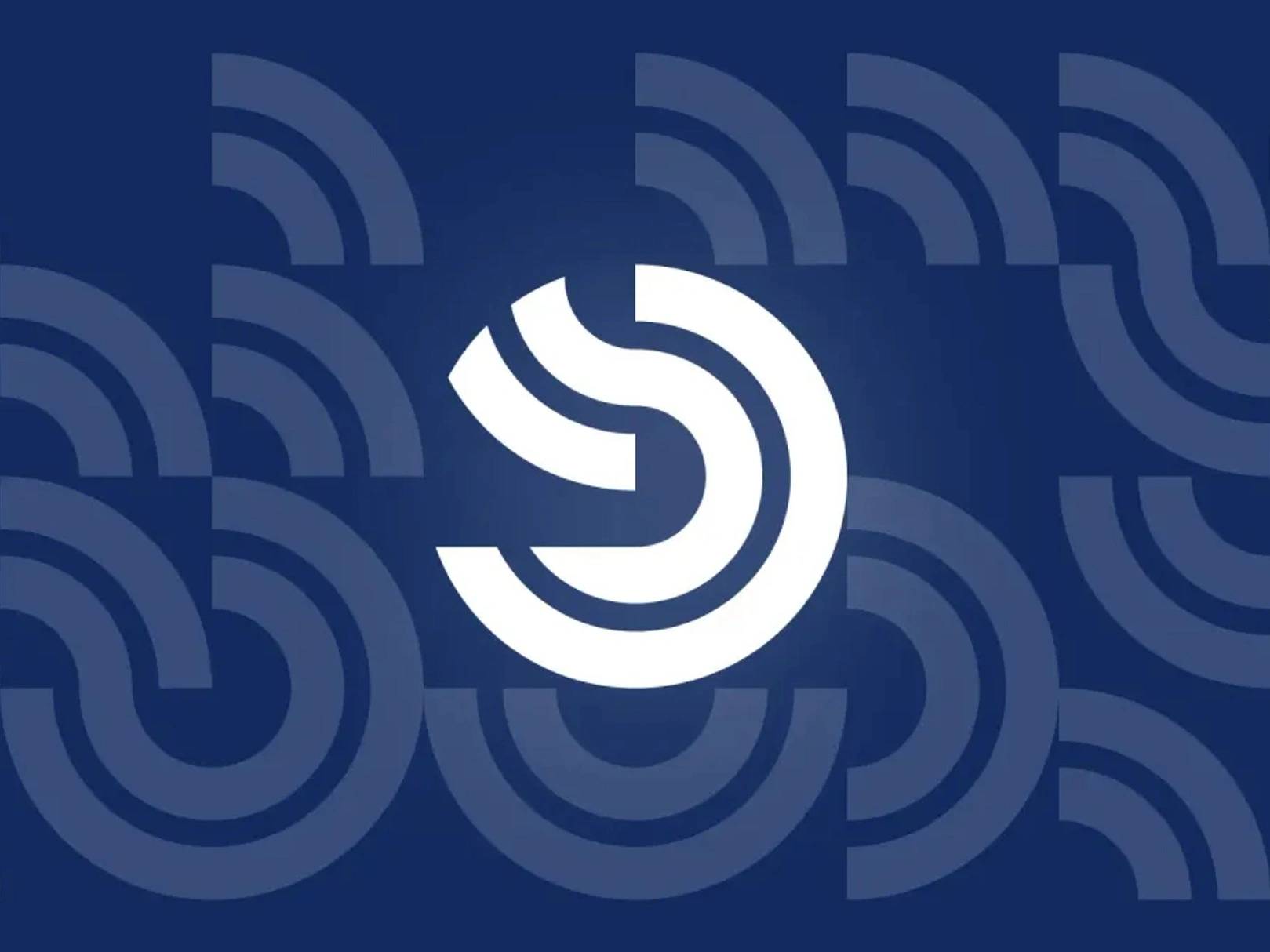위키 구독하기
Share wiki
Bookmark
Ondo US Dollar Yield (USDY)
Ondo US Dollar Yield (USDY)
**Ondo US 달러 수익률(USDY)**는 미국 달러와의 패리티를 유지하면서 자산에 대한 수익률을 제공하도록 설계된 스테이블코인입니다. Ondo Finance가 개발한 USDY는 스테이블코인 구조 내에 수익 생성 메커니즘을 통합하여 안정성과 소득 창출을 결합함으로써 기존 스테이블코인의 대안을 제공합니다.[1][3][4][6]
개요
USDY는 수익률을 제공하는 스테이블코인으로서, 기존 US달러 페깅 자산의 안정적인 가치와 탈중앙화 금융(DeFi)를 통한 수익 기회를 결합합니다. 주로 가치 저장 수단이나 교환 매체로 사용되는 기존 스테이블코인과 달리, USDY는 수익률 요소를 통합합니다. 이 수익률은 다양한 DeFi 전략 포트폴리오를 통해 생성되므로, 토큰이 US달러에 대한 가치를 유지하는 동안 보유자는 수동적 수익을 얻을 수 있습니다.
USDY를 개발한 Ondo Finance는 스테이블코인 개발에서 투명성, 보안 및 접근성에 중점을 둡니다. USDY는 안정적인 수익을 추구하는 개인 투자자와 수익률을 창출하는 디지털 자산을 찾는 기관 투자자를 포함한 다양한 사용자를 대상으로 합니다.[1][3][4][5][6]
메커니즘 및 수익률 생성
USDY의 수익률 생성은 다양한 DeFi 프로토콜 참여를 통해 이루어집니다. Ondo Finance는 수익률을 최적화하기 위해 다각화된 전략을 사용하며, USDY의 기초 자산을 다음을 포함한 여러 DeFi 플랫폼에 배분합니다 (이에 국한되지 않음):
- 대출 플랫폼: Aave 또는 Compound와 같은 분산형 플랫폼에 자산을 대출합니다. 차용자는 이자를 지불하며, 이는 수익률로 USDY 보유자에게 배분됩니다.
- 유동성 풀 USDY 자산의 일부는 Uniswap 또는 Balancer와 같은 분산형 거래소 (DEX)의 유동성 풀에 배분됩니다. 이러한 풀은 암호화폐 쌍 간의 거래를 지원하며, 생성된 수수료는 수익률에 기여합니다.
- 수익률 농사 USDY의 기초 자산 중 일부는 수익률 농사 기회에 투자됩니다. 여기에는 다양한 DeFi 프로토콜에서 자산을 유동성 제공하거나 스테이킹하여 더 높은 수익을 얻는 것이 포함됩니다.
- DeFi 안정적인 자산을 포함하는 저위험 전략도 USDY의 안정성과 보안을 유지하면서 수익을 창출하기 위해 사용됩니다.
이러한 활동에서 생성된 수익률은 USDY 보유자에게 자동으로 배분되므로, 투자를 적극적으로 관리하지 않고도 수익을 얻을 수 있습니다.[1][2][3][4][5][6]
토큰 경제학
USDY의 토큰 경제학은 안정성, 수익률 생성 및 접근성의 균형을 맞추도록 설계되었습니다. 주요 구성 요소는 다음과 같습니다.
- 고정 및 안정성: USDY는 담보 및 스마트 계약 메커니즘을 통해 미 달러와 1:1 페깅을 유지합니다. USDY를 뒷받침하는 담보는 안정적인 자산과 수익률을 생성하는 상품으로 구성되며, 안전성과 수익성을 보장하는 것을 목표로 합니다.
- 발행 및 상환: USDY는 Ondo Finance 플랫폼을 통해 발행 및 상환될 수 있습니다. 발행에는 미 달러 또는 동등한 자산을 USDY 스마트 계약에 예치하는 것이 포함되며, 그러면 동등한 양의 USDY 토큰이 생성됩니다. 상환은 USDY 토큰을 계약으로 반환하는 것을 포함하며, 소각하고 사용자에게 해당하는 미 달러 또는 동등한 자산을 반환합니다.
- 수익률 분배: USDY의 기초 자산으로 생성된 수익률은 모든 USDY 보유자에게 비례적으로 분배됩니다. 이 프로세스는 스마트 계약을 통해 자동화되며, 투명성과 효율성을 보장하는 것을 목표로 합니다.
- 인플레이션 및 디플레이션 제어: 페깅과 스테이블코인의 무결성을 유지하기 위해 USDY 공급을 조절하는 메커니즘이 마련되어 있습니다. 이러한 메커니즘에는 시장 수요와 담보 수준에 따라 토큰을 발행하거나 소각하는 것이 포함될 수 있습니다.[1][2][4][5]
사용 사례
USDY는 암호화폐 생태계 내에서 개인 및 기관 사용자 모두를 위한 다양한 역할을 수행하도록 설계되었습니다. 주요 사용 사례는 다음과 같습니다.
- 수익 농사: USDY는 DeFi 수익 농사 전략에 활용되어 보유자가 다양한 플랫폼에서 스테이킹 또는 유동성 제공을 통해 추가 수익을 얻을 수 있습니다.
- 안정적인 가치 저장소: USDY는 수익을 얻으면서 암호화폐 변동성을 완화하려는 사용자에게 안정적인 가치 저장소 역할을 합니다.
- DeFi 프로토콜과의 통합: USDY는 여러 DeFi 프로토콜에 통합되어 사용자가 분산 금융 생태계 내에서 USDY 보유량을 대출, 차용 또는 활용할 수 있습니다.
- 송금 및 결제: 안정성과 수익 기능으로 인해 USDY는 국경 간 송금 또는 결제 수단으로 사용되어 안정성과 수익 창출을 모두 제공할 수 있습니다.
- 기관 채택: 기관 투자자는 포트폴리오 다변화 및 다양한 금융 전략 구현을 위해 안정적이고 수익을 창출하는 자산으로 USDY를 채택할 수 있습니다.[1][4][5][6]
보안 및 위험 관리
보안은 특히 DeFi와 관련된 고유한 복잡성과 위험을 고려할 때 USDY의 중요한 측면입니다. 스테이블코인은 사용자와 그 자산을 보호하기 위해 다음을 포함한 포괄적인 보안 조치 체계에 의해 지원됩니다.
- 스마트 계약 감사: Ondo Finance는 USDY를 관리하는 스마트 계약에 대한 감사를 정기적으로 실시합니다. 이러한 감사는 블록체인 보안을 전문으로 하는 평판 좋은 제3자 회사가 수행하며, 계약에 취약성이 없는지 확인하는 것을 목표로 합니다.
- 위험 관리 전략: 단일 지점 장애에 대한 노출을 줄이기 위해 여러 플랫폼에서 수익 창출 활동을 다양화하는 것을 포함하여 다층적인 위험 관리 접근 방식을 사용합니다. DeFi 환경을 지속적으로 모니터링하여 새롭게 등장하는 위험을 식별하고 완화합니다.
- 담보 및 자산 관리: USDY를 뒷받침하는 자산은 안전성과 유동성을 중시하여 관리됩니다. 투자는 주로 페그를 유지하고 상환 요청을 충족하기 위해 충분한 담보를 확보하기 위해 저위험 DeFi 프로토콜과 안정적인 자산에 이루어집니다.
- 투명성 및 거버넌스: Ondo Finance는 USDY의 성과, 담보 및 수익 창출 활동에 대한 보고서를 정기적으로 발표하여 투명성을 유지합니다. 거버넌스 메커니즘을 통해 USDY 보유자는 중요한 의사 결정 과정에 참여하여 스테이블코인의 운영을 사용자의 이익과 일치시킬 수 있습니다.
Ondo US Dollar Yield (USDY)는 스테이블코인 프레임워크 내에서 안정성과 수익 창출을 통합하는 것을 목표로 합니다. USDY는 미 달러와의 패리티를 유지하고 DeFi를 통한 수익 창출 전략을 통합함으로써 기존 스테이블코인과 차별화되는 이중 기능을 제공하고자 합니다. 암호화폐 및 DeFi 부문이 계속 발전함에 따라 USDY는 안정성과 수익 창출을 모두 추구하는 사용자에게 옵션을 제공하고자 합니다.[1][3][4][5][6]
아비트럼(Arbitrum)과의 USDY 통합
2024년 8월, 온도 파이낸스는 이더리움 2계층 확장 솔루션인 아비트럼 네트워크에 자사의 스테이블코인 USDY를 확장했습니다. 이 통합을 통해 아비트럼 생태계 참여자들은 미국 국채와 같은 실물 자산(RWAs)에 의해 지원되는 USDY의 수익 생성 기능에 접근할 수 있게 되었습니다. 아비트럼은 탈중앙화 금융(DeFi) 분야의 인프라로 잘 알려져 있습니다.
아비트럼(Arbitrum)에 USDY를 배포하기 전에, 아비트럼 DAO의 STEP 위원회는 자체 재무 포트폴리오에 USDY를 포함하기로 결정하여 네트워크 내에서 RWAs 채택을 장려했습니다. USDY는 이제 캐멀롯과 돌로마이트를 포함한 아비트럼의 탈중앙화 금융 프로토콜을 통해 접근할 수 있으며, 블록체인 네트워크에서 토큰화된 재무 상품의 지속적인 개발에 기여하는 것을 목표로 합니다.
Arbitrum 생태계 내 활용
- Camelot: Arbitrum에서 USDY의 주요 탈중앙화 거래소(DEX)인 Camelot은 USDY와 Arbitrum 네이티브 토큰 간의 교환을 가능하게 합니다. 이 플랫폼의 인프라는 Arbitrum의 더 넓은 DeFi 프레임워크 내에서 USDY 통합을 지원합니다.
- Dolomite: Dolomite은 USDY를 활용할 수 있는 머니 마켓 및 마진 거래 플랫폼을 제공하여 대출 및 차용 활동을 가능하게 합니다.
Arbitrum의 USDY는 네트워크의 Optimistic Rollup 기술이 제공하는 보안 및 확장성을 활용합니다. 사용자는 Arbitrum 생태계에서 작동하도록 설계된 Blocto 및 Capsule과 같은 호환 가능한 지갑을 통해 USDY를 관리할 수 있습니다.
오라클 통합
파이쓰는 가격 정확성을 보장하고 다양한 DeFi 애플리케이션을 용이하게 하기 위해 Arbitrum에서 USDY에 대한 가격 피드를 제공합니다. 이러한 피드에는 USDY를 발행 및 상환하는 데 드는 비용을 나타내는 1차 시장 가격에 대한 데이터와 여러 플랫폼에서 거래 가치를 반영하는 2차 시장 가격에 대한 데이터가 포함됩니다. [7][8][9]
잘못된 내용이 있나요?
